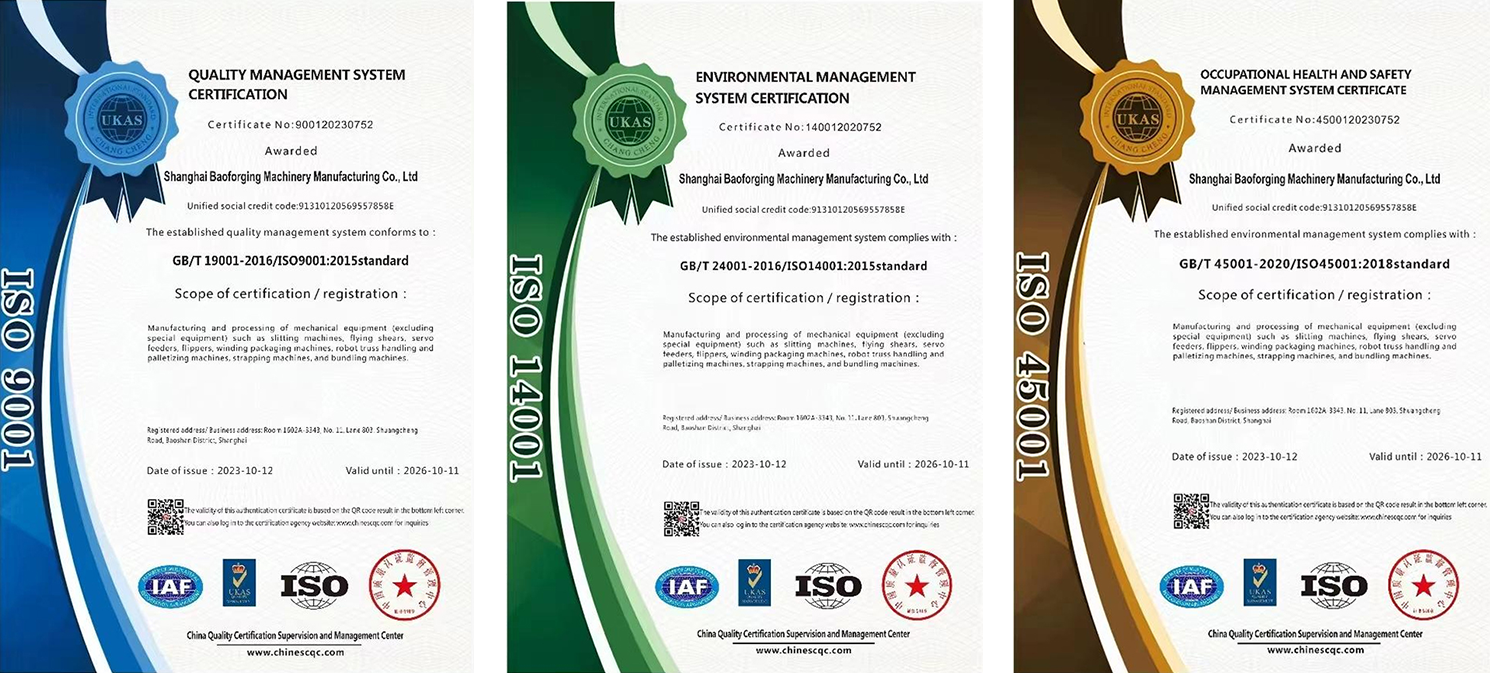Toppy LTS Mining is a patented technology manufacturing fully automatic Compact Pallet Transfer System that allows for gentle replacement of pallets for boxes, barrels, hard containers, and other products, with a maximum load of 1200kg. It can be provided as a standalone system or integrated into conveyor lines. The working speed can reach up to 50 pallet exchanges per hour. During the pallet transfer process, the goods are kept upright and firmly secured by two side panels covered with high-density chloroprene rubber 4 centimeters thick. The board is operated pneumatically and the load is placed in the center on the receiving tray. Stacker crane, operated pneumatically, with a maximum capacity of 20 pallets.
Core Functions: Solving the "Adaptation Pain Points" in Logistics Connection
The core value of a Pallet Exchanger lies in breaking the limitation of "a single pallet adapting to a single process". Its specific functions can be divided into three categories:
1. Pallet Type/Specification Conversion
It enables cross-type exchange based on the different pallet requirements in various scenarios. For example:
"Plastic pallets" used on production lines need to be replaced with "wooden pallets" when goods are transferred to warehouses;
The "1200×1000mm standard pallets" commonly used in domestic logistics need to be adapted to the "1200×800mm" or "1100×1100mm"pallets for export, so as to avoid dimensional compatibility issues in cross-border transportation.
2. Rapid Separation/Recombination of Goods and Pallets
In some scenarios, "pallet removal" or "secondary loading" is required. For instance, in e-commerce warehouses, whole-pallet goods need to be split into "small batches with multiple SKUs". The exchanger can cooperate with sorting equipment to realize the transfer of goods between "pallets and turnover boxes", reducing manual loading and unloading links.
3. Automated Process Connection
It links with equipment such as production lines, forklifts, AGVs (Automated Guided Vehicles), and automated stereoscopic warehouses to form an "unmanned pallet changing process".
Core Advantages: Why It Becomes a "Necessary Equipment" in Industrial Logistics
Compared with traditional "manual pallet changing", the advantages of pallet exchangers are mainly reflected in three dimensions:
1. 3-5 Times Efficiency Improvement
Manual pallet changing for one pallet of goods takes 5-10 minutes, while a fully automatic pallet exchanger only takes 20-60 seconds. Especially in high-frequency pallet changing scenarios, it can significantly reduce process time and avoid "bottlenecks" in the production line.
2. Reduced Goods Loss and Labor Costs
Manual handling is prone to cause goods collision and dumping. Through "integral lifting + stable pallet changing", the pallet exchanger can reduce the goods loss rate to less than 0.1%;
One fully automatic exchanger can replace 2-3 manual workers. In the long run, it can reduce labor recruitment and management costs, and avoid work-related injury risks in manual handling.
3. Multi-scenario Adaptation and Strong Compatibility
It is compatible with pallets of different materials and specifications. Some high-end models also support "special-shaped pallets". At the same time, the material of the bearing platform can be customized according to the characteristics of goods.
Application Scenarios: Covering Logistics Needs of Multiple Industries
The application of pallet exchangers has penetrated the entire chain of production, warehousing, and transportation, and is in high demand in the following industries in particular:
Food/Pharmaceutical Industry: Strict compliance with "hygiene standards" is required. Fully automatic exchangers can avoid manual contact with goods and reduce pollution risks;
Automotive Manufacturing Industry: Auto parts are heavy. Semi-automatic/fully automatic exchangers can realize "heavy goods pallet changing" and cooperate with AGVs to complete in-plant transportation;
Cross-border Logistics Hubs: Adaptation to pallet specifications of different countries is required. Inline pallet exchangers can quickly complete "pallet specification conversion" after goods enter the customs, avoiding delays in transportation timeliness;
E-commerce Warehouses: High-frequency pallet splitting and separating are needed during "peak promotion periods". Semi-automatic exchangers can cooperate with sorting equipment to realize rapid conversion between "whole pallets and small batches", improving order fulfillment efficiency.
Key Selection Indicators: Matching Your Own Scenario Needs
When selecting a pallet exchanger, focus on the following 5 core parameters to avoid "excessive functions" or "insufficient load-bearing capacity":
Rated Load-bearing Capacity: Choose according to the weight of goods;
Pallet Adaptable Size: Confirm the length and width range of pallets supported by the equipment to avoid incompatibility with existing pallets;
Pallet Changing Efficiency: For fully automatic types, pay attention to the "single pallet changing time"; for inline types, focus on the "continuous pallet changing capacity";
Automation Interface: If it needs to connect with AGVs or automated stereoscopic warehouses, confirm whether the equipment supports communication protocols such as PLC and RS485 to realize "unmanned linkage";
Protection Level: For humid or dusty environments, select equipment with a protection level of IP54 or above to avoid equipment failures.
In conclusion, a pallet exchanger is not a "single-function equipment", but a "hub for process connection" in industrial logistics. By solving the "pallet adaptation" problem, it connects the links of production, warehousing, and transportation. Especially under the trend of automated and intelligent logistics, it has become a "necessary tool" to improve supply chain efficiency.

Shanghai Baoduan Machinery Manufacturing Co., Ltd. is located in Baoshan District, Shanghai, an international metropolis. It is a professional mechanical production enterprise engaged in equipment manufacturing and equipment R&D.
The company focuses on production equipment for metallurgical processing, as well as winding and packaging machine equipment for metal strips, pipes, profiles, tires, etc. Meanwhile, to solve problems such as product packaging and transfer in the actual production of metal strip processing enterprises, our company has also developed winding and packaging equipment for materials like metal strips, metal plates, pipes, and wires—including steel strip Winding Machines, copper coil winding and packaging machines, steel wire winding machines, steel pipe winding machines, horizontal winding machines, etc.—as well as industrial turning equipment such as 90-degree Steel Coil tilters, aluminum Coil tilters, Mold tilters, and 180-degree tilters.


Shanghai Baoduan Machinery Manu-facturing Co., LTD is located inBaoshan DistrictShanghai. Is a professional equipment manufacturing.

About
Copynght @ Shanghai Baoduan Machinery Manufacturing Co, LTD. All rights reserved
SitemapThis website uses cookies to ensure you get the best experience on our website.